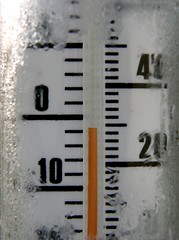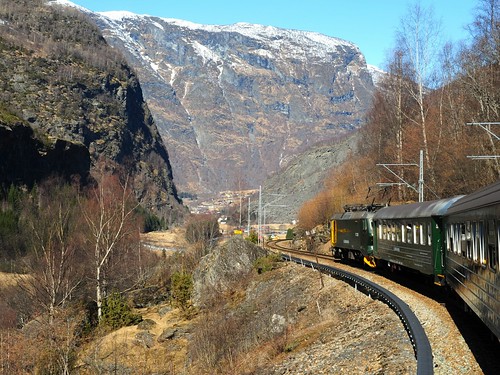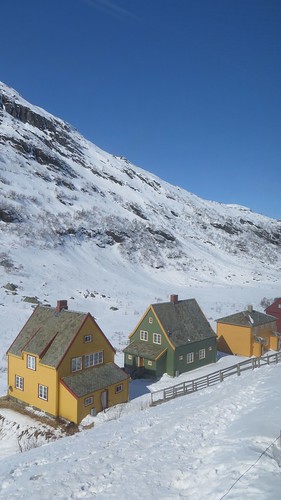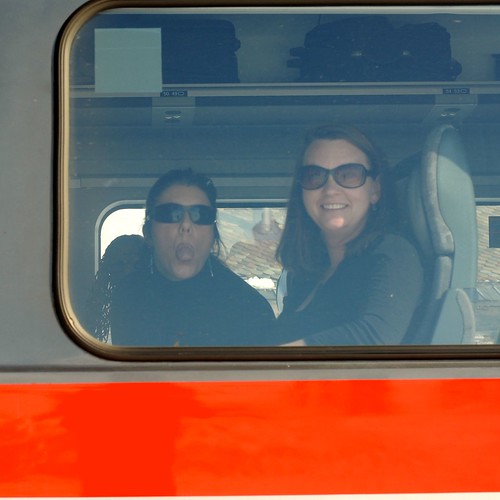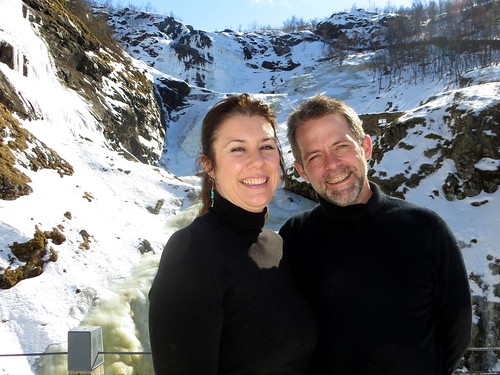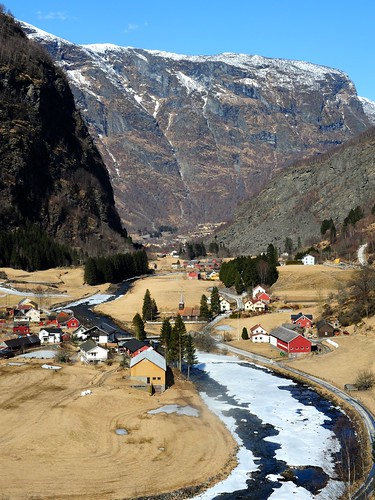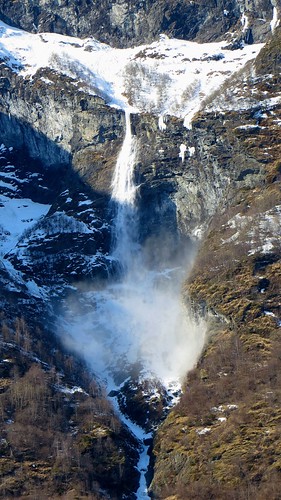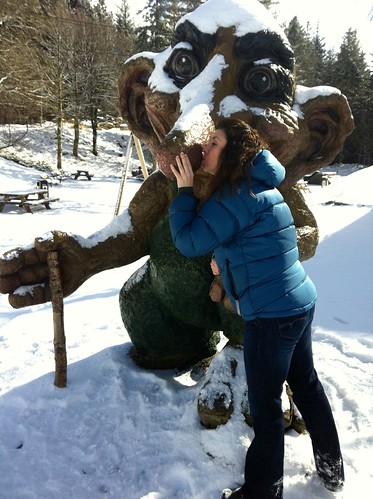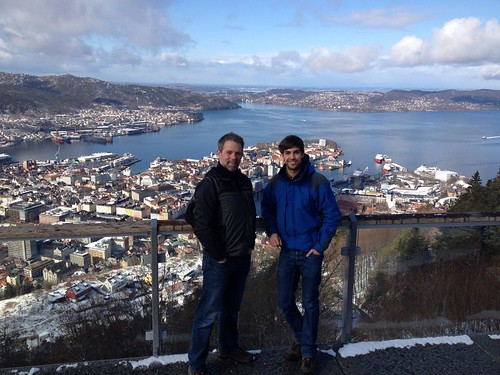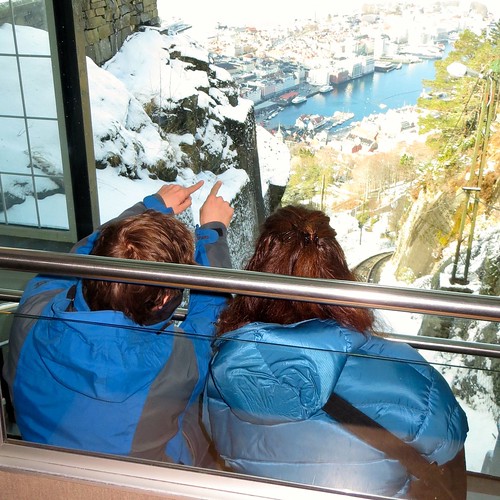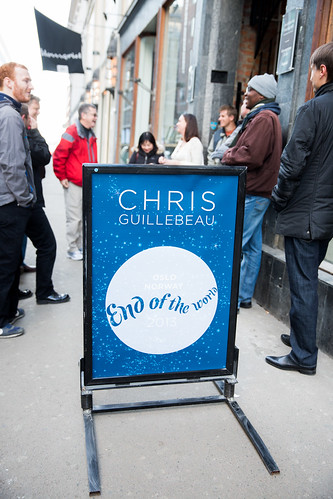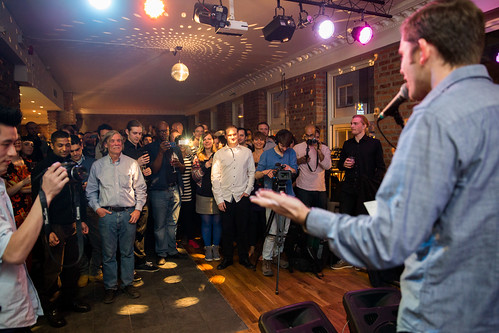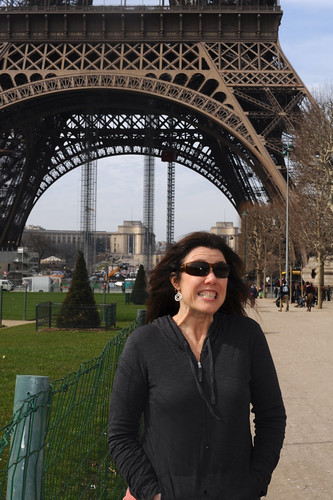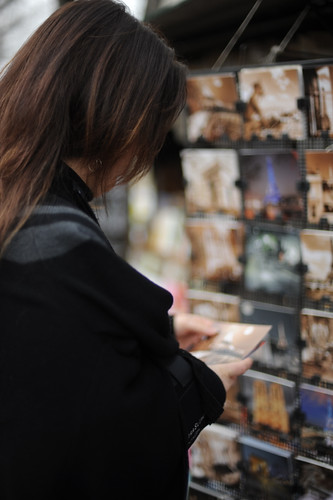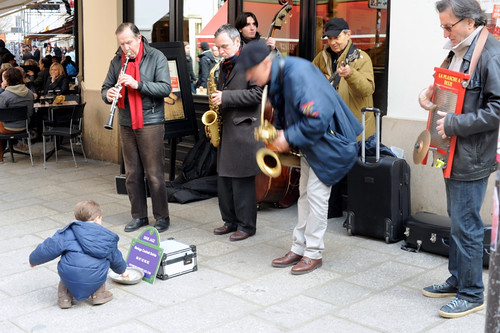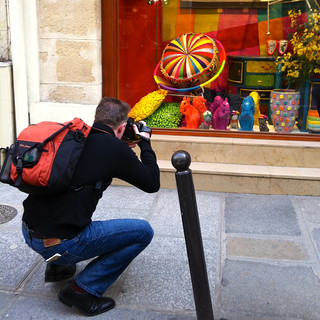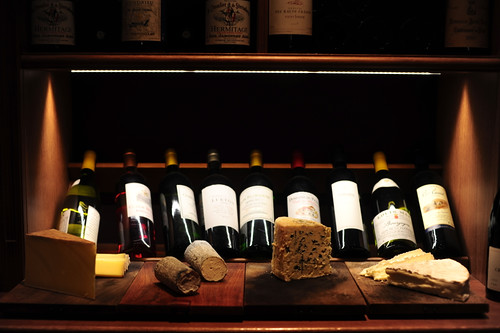After renting a Paris flat for one week, Kim and I began the second leg of our European adventure. We boarded the Eurostar train at Gare du Nord and zipped across the French countryside, under the English Channel, and into the heart of London. There, we rented a car.
Day One: London to Bath
We had a car, one week of free time, and no real plans — except to be in Bath by nightfall. Using LateRooms.com, I’d booked a room at the Lansdown Grove Hotel. First, though, we had to get out of London.
While I reacquainted myself with driving a manual transition on the left side of the road, Kim played the role of navigator. As always, we made a great team. We gradually made our way from the heart of London to the surrounding highways. After an hour on the M4, we took to the country roads. And as dusk fell, we drove into Bath.
It took us a little bit of time to find the Lansdown Grove Hotel. (During our search, we managed to set off the car alarm at a gas station — with Kim inside the car.) But once we found it, we had a relaxing evening.
The Lansdown Grove Hotel is a charming place, at least by my standards. It may be one of the oldest hotels in Bath, and it certainly has one of the oldest clientele. Kim and I — both over 40 — seemed to be the youngest guests by two or three decades, but that just added to the appeal of the place.
We were both excited to see that our room included a bathtub. In fact, the bathtub was huge and the water was hot (so hot that the hotel had posted warning signs). While Kim settled in for a much-needed soak, I went downstairs to ask for a wine opener. That simple request turned into a half-hour search for a corkscrew, one that ultimately proved futile. “All of our wine comes with twist-off caps,” the barman told me. “Only our most expensive bottle has a cork, and nobody ever orders that.” I laughed and bought a bottle of prosecco instead.
Day Two: Bath to Coventry
The next morning was bitter cold. It was also the start of a four-day holiday weekend in the U.K. Many businesses were closed for Good Friday, but fortunately we found a bookstore where we could purchase a road atlas.
Note: The bookstore we found was fantastic. While we browsed the stacks at
Topping and Company, the staff served us French-press coffee and offered suggestions for touring England by car. Kim and I were both impressed by the variety of titles available. If I return to Bath, I intend to devote an hour or two to this store.
After picking up the atlas, we spent a couple of hours wandering the cold streets of Bath, including a quick stop at the Roman baths themselves. We also discovered we both like Cornish pasties. Eventually, we decided we’d better hit the road.
 At the ancient Roman bath
At the ancient Roman bathWe had a choice: Make tracks to the north of England or take our time on the country roads. Since we had no particular place to go, and since I wanted to see the stone circle at Avebury (something we rushed through the last time I was in England), we opted for the country roads. This worked well for a while.
Driving in England is much the same as driving in the United States. There are three main types of roads: freeways (and highways), city streets, and country roads. The highways and city streets are almost identical to those in the U.S. But it’s on the country roads that things often differ.
For one, country roads in the U.S. are generally wide open, surrounded by nothing, and it’s possible to zip along at a fair clip. That’s not how it works in the U.K. The country roads in the U.K. used to be bridle paths and carriageways. They wind and twist and turn, and they’re surrounded by hedgerows, which often obscure vision of the countryside and oncoming traffic. It’s fun to drive on English country roads, but it also takes a l-o-n-g time to get anywhere.
We discovered this after Avebury. We made good progress for a couple of hours, but then we hit a streak of bad luck. First, we got caught in a queue (what we would call a “traffic jam” in the U.S.). After escaping the queue, we found ourselves in a seemingly never-ending series of small towns. When we finally reached Coventry, we decided it was best to call it a day, far short of where we expected to be. We started searching for a hotel. We had no luck. Instead, we found ourselves in the middle of the country again.
We stopped at a pub to ask directions to the nearest hotel. A kind young woman wrote out instructions to the nearest place to stay, but following them put us on a dead-end road in a housing development. As we drove out, we spied a man out for a walk with his dog. He seemed to find his chat with Kim amusing and he directed us to a nice place nearby. But his directions also proved tough to follow, and we ended up in the next town. Eventually, we gave up. We spotted a Holiday Inn Express and stopped for the night.
After three hours of bad luck, we ought to have been in bad moods. Instead, we ordered fish and chips and a couple of pints of beer. Our moods soared so that we even ordered another plate of fish and chips. It had been a long day, but it ended well.
Day Three: Coventry to Carlops
After our bad luck the previous day, we decided not to leave anything to chance. As fun as it might be to see the English countryside, we opted instead to hop on the M6 motorway, the major freeway along the west side of the country. The views were mundane, but we made great progress for several hours.
We made such good progress, in fact, that we decided to take a scenic bypass, exiting the motorway to cut through the heart of the Lake District. Our friend Chris grew up there (and used to be a boxing champion of the area many years ago), and he’d given us his mother’s phone number in case we had time to drop in.
For two hours, we wended our way on country roads, looking at the hills and the lakes. We stopped to take photos and to admire the vistas. “I wish we had more time,” Kim said. “It would be nice to spend a few days here.” I agreed, but as it was, we didn’t even have a time to phone Chris’ mom.
Instead, we got back on the motorway, hoping to reach Carlisle by evening — or maybe even Glasgow. And here our luck improved.
We were nearing the Scottish border when we saw a road sign: GLASGOW 95, EDINBURGH 97. We couldn’t believe our good fortune. We could make it to Edinburgh by nightfall!
We exited the motorway and took to the country roads, heading north into the Scottish hillsides. We passed through small towns and little clusters of houses. As we approached Edinburgh, it occurred to me that it might be fun to stay in a bed and breakfast for a night. We began knocking on doors as we passed them, but nobody was taking boarders on the night before Easter.
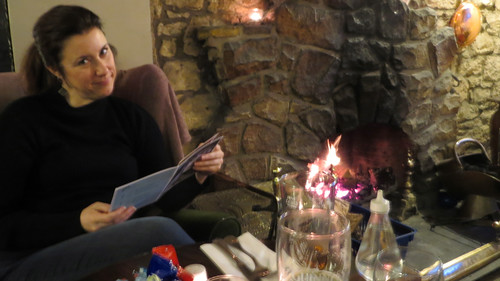 In front of the fireplace at the Allan Ramsey Hotel
In front of the fireplace at the Allan Ramsey HotelFinally, in Carlops, we found the Allan Ramsay Hotel, which was built in 1792 — and feels like it. (In a good way.) The owner rented us a room (we were the only lodgers for the night). After getting settled, we went downstairs to the pub, an atmospheric place with low ceilings, dim lighting, and warm fireplaces. It felt like the sort of place a traveler might have stayed in 1792. We enjoyed it too.
Day Four: Edinburgh
On Easter morning, we completed our journey north. We drove the last ten miles to Edinburgh, arriving in time to tour Edinburgh Castle before checking in at The George Hotel.
In the evening, we ate dinner at French restaurant. We had plenty of wine, which was very French, but after our week in Paris, we steered clear of the cheese. We were just cheesed out.
Day Five: Edinburgh
On Easter Monday — a bank holiday in the UK — we met an acquaintance for lunch. Amy Gross, who writes a fantastic wine blog had connected us with her friend, Frank Cusack. Frank was a valuable resource as we planned our trip, providing tons of tips and advice. He and his family met us for lunch at The Dome in downtown Edinburgh. We enjoyed good food and good company for two hours.
Then, in a very kind gesture, Frank had us hop into the family minivan. He drove us around the downtown area, showing us the sights and making recommendations. After our personalized tour, he dropped us at The Royal Mile. We strolled the street, looking at the shops. We stopped for a whisky tasting. I bought a scarf. Kim looked at jewelry.
 Tasting whisky is a diverting pastime…
Tasting whisky is a diverting pastime…Eventually we found ourselves at the bar of the Hotel Missoni, where we ordered fancy drinks and chatted up the bartender while he trained a new employee. When we were ready for dinner, we stepped next door to Ondine, a popular new place in Edinburgh. We shared a giant seafood platter, with oysters, crab, lobster, clams, mussels, and more.
Note: There is a huge Italian presence in Edinburgh. There are Italian restaurants everywhere, the way there are Mexican restaurants all over the west coast of United States. And there are many Italian people working throughout the city.
Day Six: Edinburgh
In addition to connecting us with Frank, Amy Gross had recommended we try One Spa in downtown Edinburgh. I was a little skeptical. I’d never been to a spa, and it seemed a little spendy. But I wanted to treat Kim to a bit of relaxation, so we booked a morning together. It turned out to be a brilliant move.
We spent three hours in the “thermal suites” — heat rooms and saunas of all sorts — and the hydrotherapy pools. Very relaxing. And to cap it off, I enjoyed a 25-minute head massage while Kim had an hour-long back massage. The whole experience reset our moods. It was wonderful.
In the evening, Frank picked us up at the hotel to drive us to dinner. First, he gave us a driving tour of the city, pointing out landmarks and telling stories. Next, he took us to the Sheep Heid Inn, the oldest pub in Scotland (established in 1360!). Finally, he drove us to Angels with Bagpipes, one of Edinburgh’s most popular restaurants. Frank introduced us to the chef and to the owner, and then we sat down in a private room for a lovely meal.
Note: Kim and I are grateful to Frank for his hospitality. He made our stay in the city much more enjoyable than it might have been otherwise.
Day Seven: Edinburgh to London
I woke on Wednesday with an upset stomach. I couldn’t even finish my coffee.
We loaded our luggage into the trusty Renault Megane and started south. We made good time, once again enjoying the beauty of the Scottish countryside. The trees were still bare, but it was clear that spring was just around the corner.
Once we connected to the motorway, we made good time. “We may reach the hotel early enough to be able to unwind and relax a bit,” Kim said. But once again, luck was not on our side.
First, there was a terrible crash on the M1 motorway, closing it to traffic in both directions. We were stuck on the freeway for an hour before being able to exit. Then it took us another hour to crawl south to the next junction.
During this time, my upset stomach became worse, turning to nausea and stomach cramps. Plus, Kim began to get sick too. By the time we finally reached London — three hours behind schedule — we were both in bad shape. The 60-mile trip around the M25 ring road seemed to last an eternity.
Although we’d eaten very little all day, we simply climbed into bed and tried (without much success) to fall asleep.
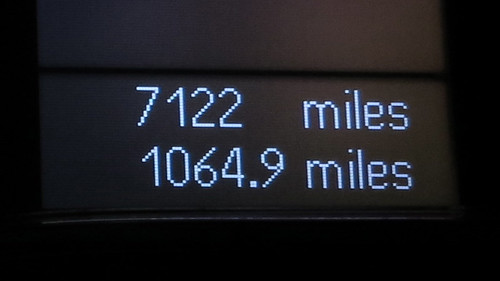 The finaly tally from our rental car, which cost us $400 for the week.
The finaly tally from our rental car, which cost us $400 for the week.Final Thoughts
I’d never rented a car for an extended period of time before this trip. I was a little apprehensive. It seemed expensive. In the end, though, I was glad we’d made the choice. Over the course of one week, we drove over one thousand miles across Britain. We enjoyed some great scenery, but even more than that, we enjoyed a lot of freedom. We were able to make up our itinerary as we went along.
Kim and I both found that we enjoyed our tour of the country much more than expected — especially the time in Scotland. We both feel like we ought to return sometime (probably during the summer or early autumn) to explore the Lake District and all of Scotland at a more leisurely pace.
For this trip, though, our time exploring Britain was over, and it was time to fly to Norway.
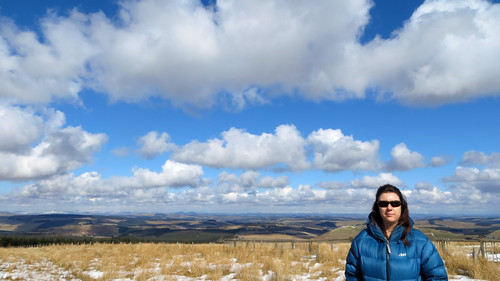 At the Scottish-English border on a cold, clear day in April
At the Scottish-English border on a cold, clear day in April

